
This issue of Asian Perspectives also features the following scholarly works: Continue reading “Asian Perspectives, vol. 57, no. 1 (2018)”

This issue of Asian Perspectives also features the following scholarly works: Continue reading “Asian Perspectives, vol. 57, no. 1 (2018)”
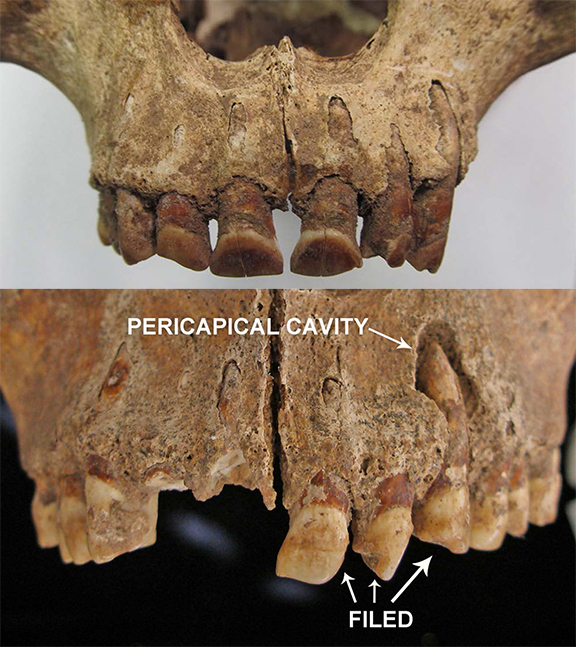
This issue of Asian Perspectives also features the following scholarly works: Continue reading “Asian Perspectives, vol. 56, no. 2 (2017)”
![]() This is Part 6 in a series of University of Hawai`i Press blog posts celebrating University Press Week and highlighting scholarship published by UH Press journals in the past year. Read our introductory blog post here. Our hope is that this series will shed new light on how UH Press “sells the facts,” so to speak, and the value our 24 journals bring to our very existence. Links to each journal and article are provided below.*
This is Part 6 in a series of University of Hawai`i Press blog posts celebrating University Press Week and highlighting scholarship published by UH Press journals in the past year. Read our introductory blog post here. Our hope is that this series will shed new light on how UH Press “sells the facts,” so to speak, and the value our 24 journals bring to our very existence. Links to each journal and article are provided below.*
Asian Perspectives: The Journal of Archaeology for Asia and the Pacific, Volume 56, Number 2, 2017
Article: “The Search for Tsunami Evidence in the Geological and Archaeological Records, With a Focus on Japan” by Gina L. Barnes
Context: Archeologist Gina L. Barnes takes a look at tsunami sites through the lens of disaster preparedness: “tsunami damage seldom leads to collapse of a society or civilization, though the socio-economic status of the affected society is crucial to the nature of human response […] Disaster archaeology, including tsunami archaeology, is thus a timely and welcome approach to understanding the situation of the world today.”
Pacific Science: A Quarterly Devoted to the Biological and Physical Sciences of the Pacific Region, Volume 71, Number 4, October 2017
Article: “Estimating Cost-Effectiveness of Hawaiian Dry Forest Restoration Using Spatial Changes in Water Yield and Landscape Flammability under Climate Change” by Christopher A. Wada, Leah L. Bremer, Kimberly Burnett, Clay Trauernicht, Thomas Giambelluca, Lisa Mandle, Elliott Parsons, Charlotte Weil, Natalie Kurashima, and Tamara Ticktin
Context: This study joins dozens of Pacific Science research articles that show the effects of climate change, and it appears with seven open-access articles that focus on the challenges facing native forest restoration in Hawai’i and the Pacific region. (And while we’re “selling the facts,” we should mention Pacific Science also published a peer-reviewed biological fact in the past year: the discovery of a new species of Stylasterid in the Northwest Hawaiian Islands.)
Yearbook of the Association of Pacific Coast Geographers, Volume 79, 2017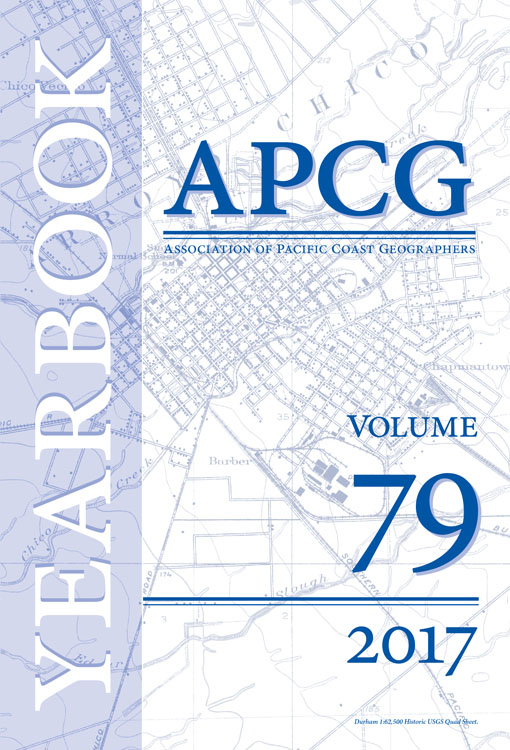
Article: “Institutional Obstacles to Beaver Recolonization and Potential Climate Change Adaptation in Oregon, USA” by Jeff Baldwin
Context: As streams dry up due to climate change, beaver are being displaced from their natural habitats. This study critically examines five institutional blockages to beaver recolonization in Oregon through multiple interviews, policies, and publications.
The Contemporary Pacific: A Journal of Island Affairs, Volume 29, Number 2, 2017
Section: “Year in Review: International Issues and Events” by Nic Maclellan
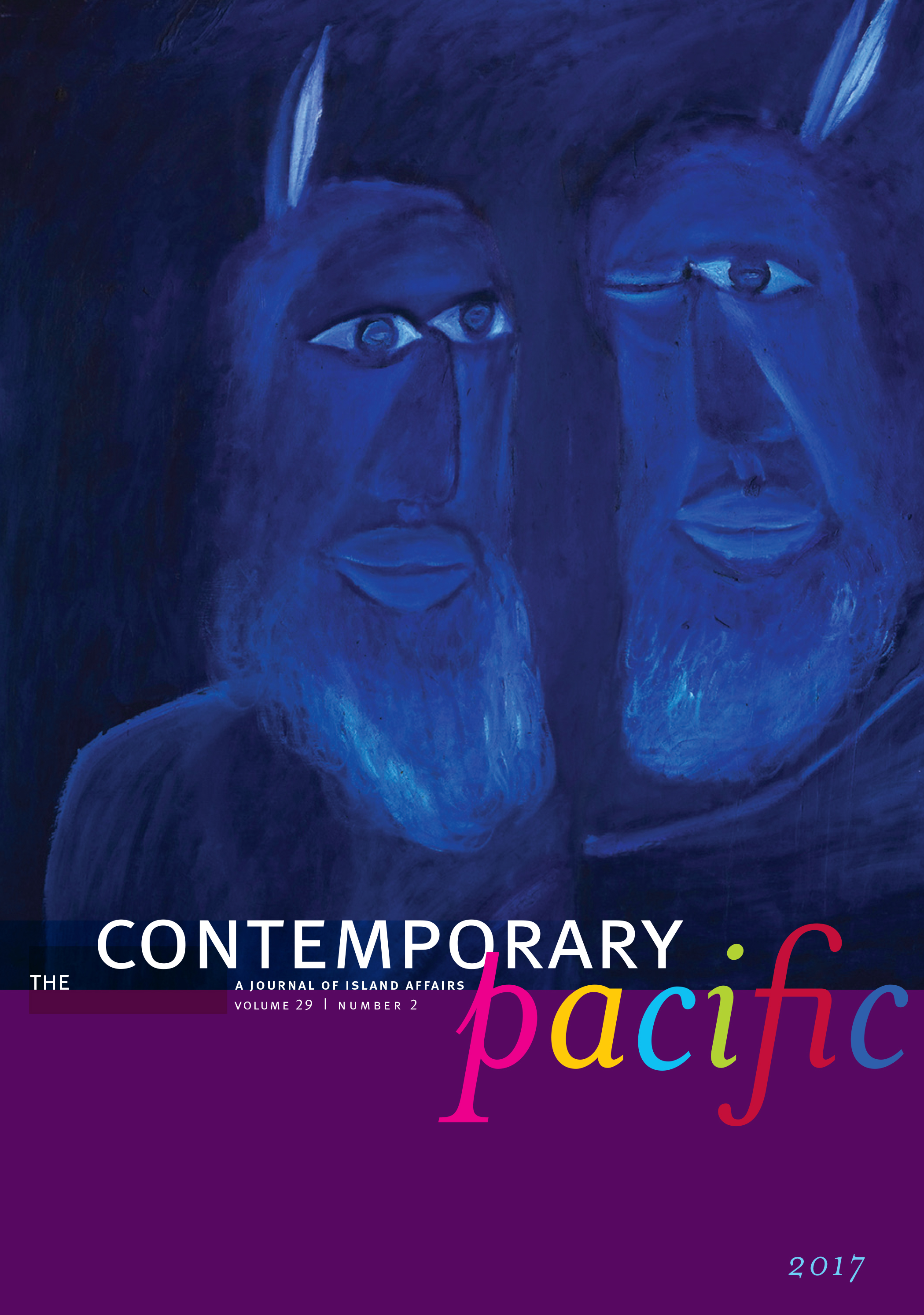 Context: Nic Maclellan reflects on the U.S.’s political influence on the Pacific region, especially as it relates to environmental regulation: “Debates over climate action, West Papua, fisheries, and trade continued as a feature of regional affairs in 2016, often dividing Pacific governments and their international partners. The election of Donald Trump as U.S. president in November set the stage for these divisions to continue, given Trump’s statements during the election campaign on climate change and America’s new directions in foreign policy.” This introduction is followed by more reports from the field, including Fiji, Papua, Solomon Islands, and Vanuatu. Also appearing in this issue: “Climate Change and the Imagining of Migration: Emerging Discourses on Kiribati’s Land Purchase in Fiji” by Elfriede Hermann and Wolfgang Kempf.
Context: Nic Maclellan reflects on the U.S.’s political influence on the Pacific region, especially as it relates to environmental regulation: “Debates over climate action, West Papua, fisheries, and trade continued as a feature of regional affairs in 2016, often dividing Pacific governments and their international partners. The election of Donald Trump as U.S. president in November set the stage for these divisions to continue, given Trump’s statements during the election campaign on climate change and America’s new directions in foreign policy.” This introduction is followed by more reports from the field, including Fiji, Papua, Solomon Islands, and Vanuatu. Also appearing in this issue: “Climate Change and the Imagining of Migration: Emerging Discourses on Kiribati’s Land Purchase in Fiji” by Elfriede Hermann and Wolfgang Kempf.
*Institutional access to online aggregators such as Project MUSE may be required for full-text reading. For access questions, please see the Project MUSE FAQ available here or contact your local library.
 Established in 1947, the University of Hawai`i Press supports the mission of the university through the publication of books and journals of exceptional merit. The Press strives to advance knowledge through the dissemination of scholarship—new information, interpretations, methods of analysis—with a primary focus on Asian, Pacific, Hawaiian, Asian American, and global studies. It also serves the public interest by providing high-quality books, journals and resource materials of educational value on topics related to Hawai`i’s people, culture, and natural environment. Through its publications the Press seeks to stimulate public debate and educate both within and outside the classroom.
Established in 1947, the University of Hawai`i Press supports the mission of the university through the publication of books and journals of exceptional merit. The Press strives to advance knowledge through the dissemination of scholarship—new information, interpretations, methods of analysis—with a primary focus on Asian, Pacific, Hawaiian, Asian American, and global studies. It also serves the public interest by providing high-quality books, journals and resource materials of educational value on topics related to Hawai`i’s people, culture, and natural environment. Through its publications the Press seeks to stimulate public debate and educate both within and outside the classroom.
For more information on the University of Hawai`i Press and our publications, visit www.uhpress.hawaii.edu. To receive table-of-contents email alerts for these publications, please click here to sign up at Project MUSE.
If you’re attending the Association for Asian Studies Annual Conference in Toronto March 16-19, 2017, be sure to visit the University of Hawai’i Press at booth 600!
UH Press will have Asian studies books from our latest catalogs on display, as well as copies of the following journals:
We’re also proud to debut three online-only journals at AAS 2017:
Stop by and say hello as you browse through our display copies and catalogs. You may also pick up an order form at our booth or place your orders online at www.uhpress.hawaii.edu.
We look forward to seeing you in cold, snowy Toronto!
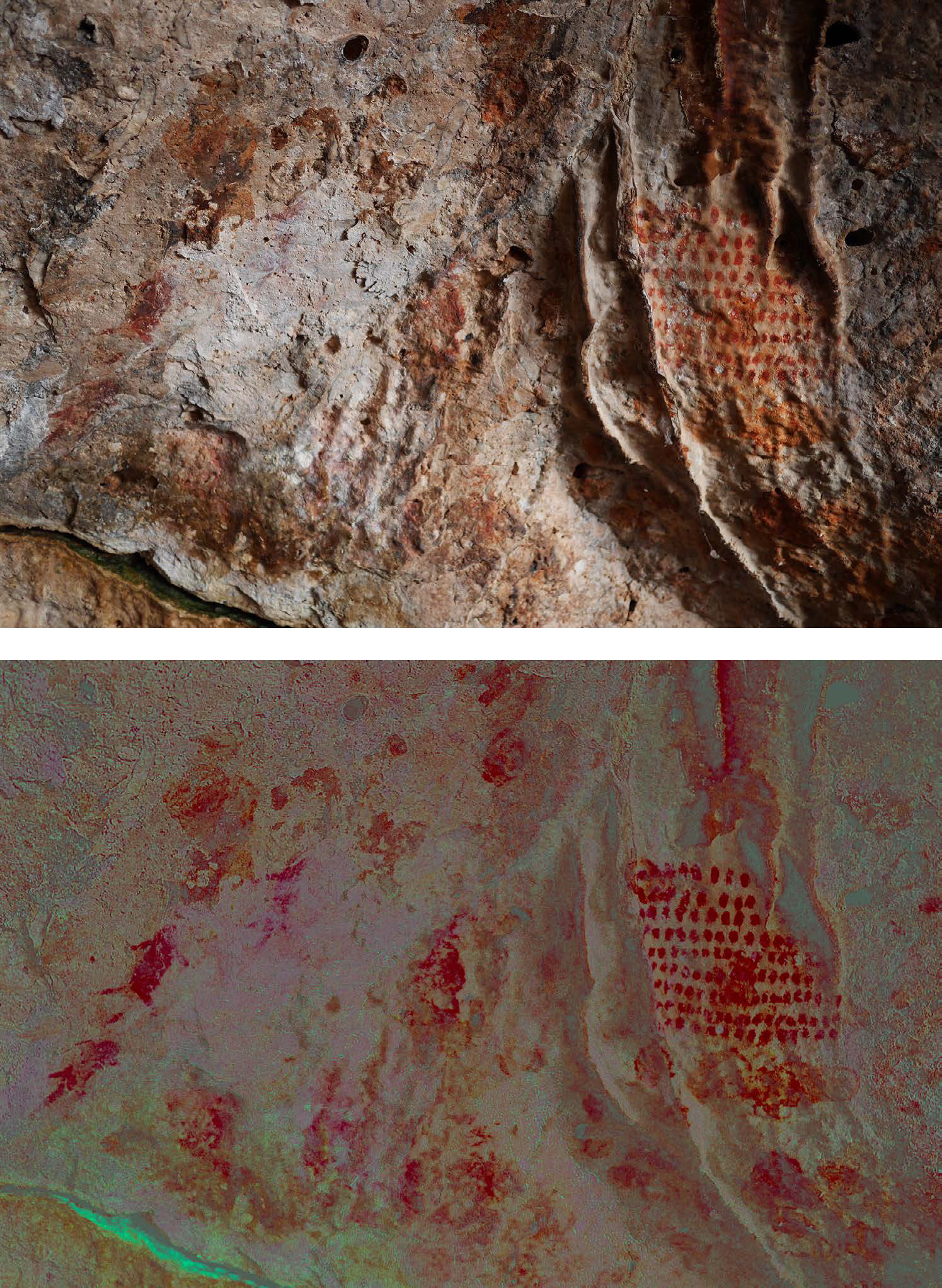
In the Editors’ Note Mike T. Carson and Rowan K. Flad write:
The current issue of Asian Perspectives (Volume 55, issue 2) maintains the tradition of keeping readers in touch with new archaeological research findings, approaches, and ideas across the Asia-Pacific region. As always, each work has a geographic focus that refers to substantive datasets from particular places as concrete examples, yet is broadly relevant to research in other regions. Looking into the journal’s future volumes and issues, we invite new manuscripts that emphasize the larger implications of Asian and Pacific archaeological studies beyond geographic boundaries .
This issue of Asian Perspectives also features the following scholarly works: Continue reading “Asian Perspectives, vol. 55, no. 2 (2016)”

In Palaeoecology and Forager Subsistence Strategies during the
Pleistocene–Holocene Transition: A Reinvestigation of the
Zooarchaeological Assemblage from Spirit Cave, Mae Hong Son Province, Thailand authors Cyler Conrad, Charles Higham, Masaki Eda, and Ben Marwick write:
This reanalysis uses the zooarchaeological assemblage recovered from Spirit Cave to understand hunter-gatherer use and occupation at the site during the Pleistocene – Holocene transition. W e analyze bone fragmentation, sample size, and relative abundance to establish the preservation and overall composition of the remaining fauna. Identification of several new taxa, including roundleaf bats (Hipposideros larvatus and bicolor), elongated tortoise (Indotestudo elongata), black marsh turtle (Siebenrockiella crassicollis), Burmese hare ( Lepus cf. peguensis) and a potential red junglefowl ( Phasianidae — ?Gallus gallus) provide insights into hunter-gatherer occupation, palaeoecology, and subsistence strategies between 12,000 and 7000 years b.p.
This issue of Asian Perspectives also features the following scholarly works: Continue reading “Asian Perspectives, vol. 55, no. 1 (2016)”
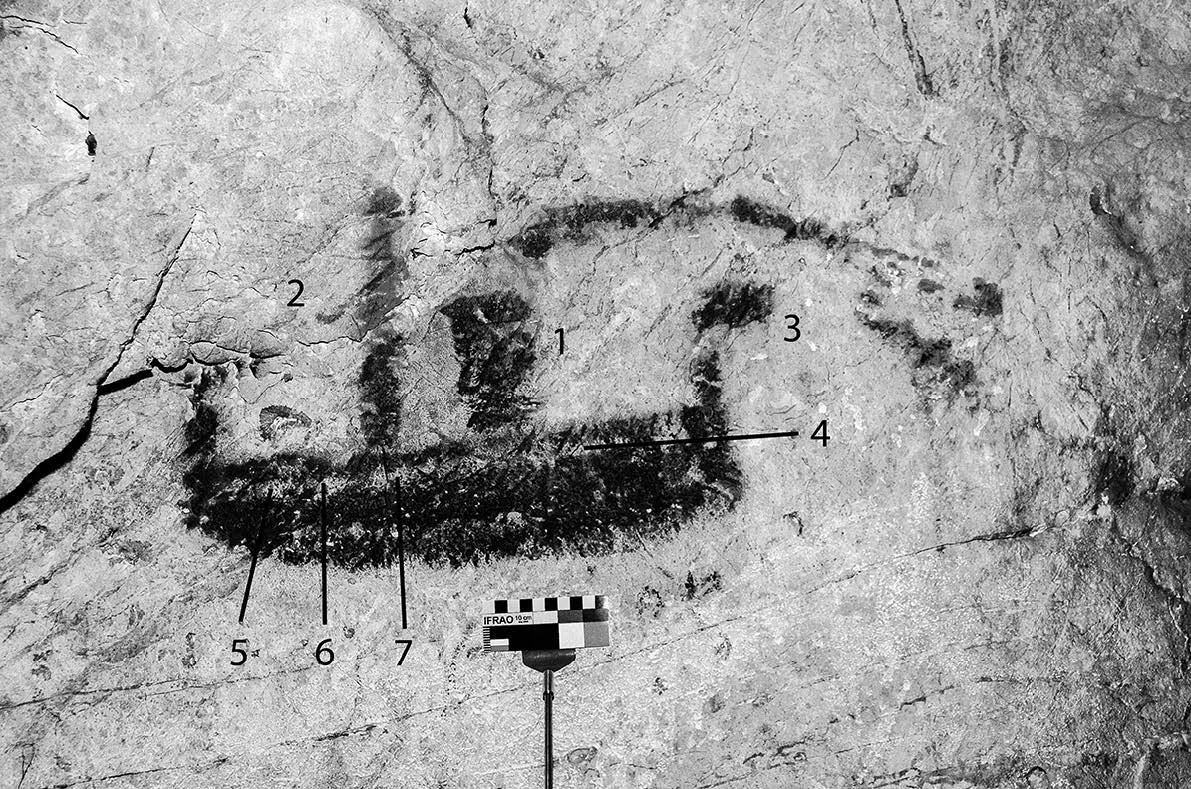
This issue of Asian Perspectives features the following scholarly works:
Landscape Evolution and Human Settlement Patterns on Ofu Island, Manu’s Group, American Samoa
Seth Quintus, Jeffery T. Clark, Stephanie S. Day, and Donald P. Schwert
Obscuring the Line between the Living and the Dead: Mortuary Activities inside the Grave Chambers of the Eastern Han Dynasty,
Zhou Ligang
The Curious Case of the Steamship on the Mekong
Noel Hidalgo Tan and Veronica Walker-Vadillo Continue reading “Asian Perspectives, vol. 54, no. 2 (2015)”
Korean Prehistory: Current Perspectives
Christopher J. Bae and Bumcheol Kim, 1
Recent Developments and Debates in Korean Prehistoric Archaeology
Seung-Og Kim, 11
Potential Contributions of Korean Pleistocene Hominin Fossils to Palaeoanthropology: A View from Ryonggok Cave
Christopher J. Bae and Pierre Guyomarc’h, 31
The Korean Early Palaeolithic: Patterns and Identities
Hyeong Woo Lee, 58
Diversity of Lithic Assemblages and Evolution of Late Palaeolithic Culture in Korea
Chuntaek Seong, 91
Sedentism, Settlements, and Radiocarbon Dates of Neolithic Korea
Sung-Mo Ahn, Jangsuk Kim, Jaehoon Hwang, 113
Socioeconomic Development in the Bronze Age: Archaeological Understanding of the Transition from the Early to Middle Bronze Age, South Korea
Bumcheol Kim, 144
Transition from the Prehistoric Age to the Historic Age: The Early Iron Age on the Korean Peninsula
Kisung Yi, 185
To purchase a subscription please visit: https://www.uhpress.hawaii.edu/t-asian-perspectives.aspx
ARTICLES
Ceramic Firing Structures in Prehistoric and Ancient Societies of the Russian Far East
Irina S. Zhushchikhovskaya, Yury G. Nikitin, 121
Archaeological records reveal the history of pottery and roof-tile firing devices in the southern part of the Russian Far East, the neighboring Korean Peninsula, and northeast China. Chronological parameters are from the first millennium B.C. through the thirteenth century A.D., including the Palaeometal period of the Prehistory epoch, Pre-State period, and Early States epoch. Different types of firing kilns varied in complexity of form and technology, including the tunneled sloping kiln, manthou kiln, and vertical up-draught kiln. These specific characteristics reflect the involvement of the ancient southern Russian Far East in the processes of cultural interaction within the larger East Asia region.
Keywords
southern Russian Far East, ceramic firing kilns, Prehistory epoch, Pre-State period, Early States epoch
Continue reading “Asian Perspectives, vol. 53, no. 2 (2014)”
Mapping Local Perspectives in the Historical Archaeology of Vanuatu Mission Landscapes
James L. Flexner, 2
The concept of place is a powerful theoretical tool in the social sciences and humanities, which can be especially useful in archaeological work that involves community-based collaboration. Using place as a starting point, archaeologists can beneficially use their skills to answer questions that are of relevance to the local communities with which we work while also advancing knowledge about the past. For historical archaeology, this often involves engaging in dialogue across multiple lines of evidence, including material remains from the past, written documents, and local oral traditions. Recent fieldwork on the islands of Erromango and Tanna, Vanuatu, exploring early landscapes relating to Christian conversion uses this kind of approach. A major part of preliminary survey work involves mapping features in the mission sites and surrounding areas. Archaeological cartographic techniques help build a sense of place that provides engaging research for a collaborative environment with local Melanesian communities, while also producing new perspectives on colonialism in the South Pacific. This approach is not limited to the recent past, being applicable to any collaborative, community-based archaeological research that incorporates the use of oral traditions.
Keywords
Melanesia, historical archaeology, Vanuatu, missions, landscape archaeology, mapping, oral traditions, community archaeology
Continue reading “Asian Perspectives, vol. 53, no. 1 (2014)”
Defining Ifugao Social Organization: “House,” Field, and Self-Organizing Principles in the Northern Philippines
Stephen Acabado, 161
The idea that complex agricultural and irrigation systems lead to centralized control has been refuted in the last three decades. Indeed, ethnographic and archaeological literatures regarding this relationship have been forthcoming in recent years. This article contributes to this body of work by investigating the Ifugao agricultural system. Spatial patterning and ethnographic information from Ifugao suggest that a recursive relationship between the landscape and its users exist where environmental constraints necessitate cooperation among terraced rice field systems. Correlated to this discussion, this article examines the applicability of the “house” concept in defining Ifugao social organization. Results of my ethnographic investigations suggest that the house concept complements kinship analysis, and thus, contributes to a better understanding of Ifugao social relationships. Moreover, this article argues that the agricultural field becomes the node of Ifugao social relationships. In this sense, the agricultural field becomes an emergent property that defines Ifugao social organization. This study provides archaeologists with a model to investigate the precolonial social structure of the Ifugao.
Keywords: landscape, Ifugao, Philippines, house, emergence, self-organization, agriculture
Continue reading “Asian Perspectives, vol. 52, no. 2 (2013)”
New Research on an Old Collection: Studies of the Philippine Expedition (“Guthe”) Collection of the Museum of Anthropology, University of Michigan
Carla M. Sinopoli, 1
This article introduces recent studies on an important collection of Southeast Asian archaeological materials curated by the Asian Division of the University of Michigan Museum of Anthropology. The Philippine Expedition or Guthe Collection derives from archaeological research conducted at more than 500 sites in the southern and central Philippines in the early part of the last century—from 1922 to 1925. The collection consists of some 13,000 objects from some of the earliest systematic archaeological research in Southeast Asia. For more than 80 years, scholars from the Philippines, China, Japan, Europe, and North America have visited the collection to study the materials and ask new questions about the Southeast Asian past. The articles here continue this trajectory by presenting recent research on early modern trade in blue-on-white porcelains; technological style and the classification of large stoneware dragon jars; the cultural context of cranial deformation; and a sourcing study of indigenous earthenware ceramics using instrumental neutron activation. In this article, I provide some background on the Philippine Expedition and the remarkable museum collection that it generated, as well as some of this research, which continues to mine new knowledge from this nearly century-old museum collection.
Keywords: Philippines, colonial archaeology, museum collections, Carl Guthe, Chinese porcelain, dragon jars, earthenware, cranial deformation, colonialism
Continue reading “Asian Perspectives, vol. 52, no. 1 (2013)”